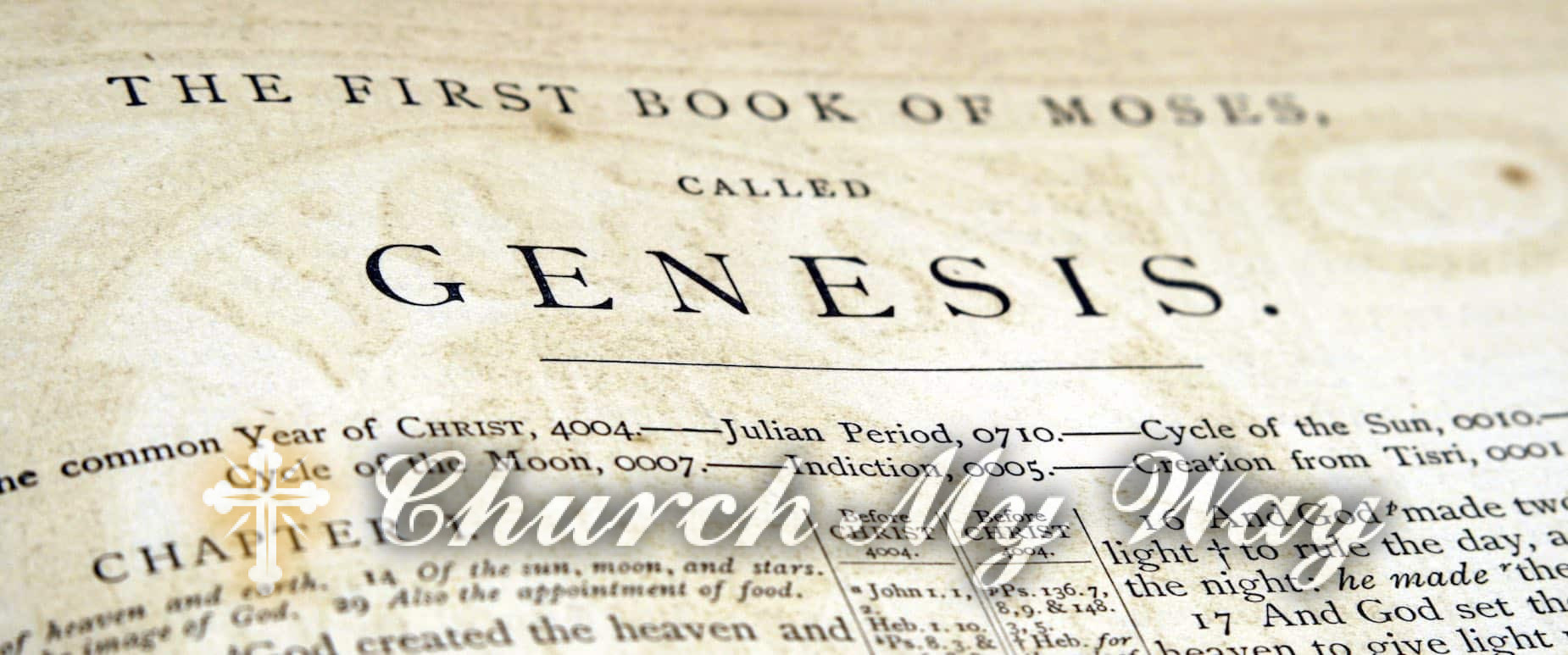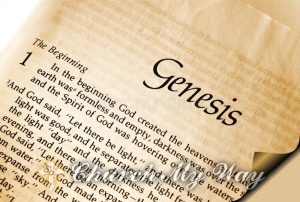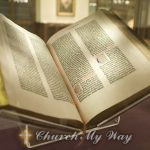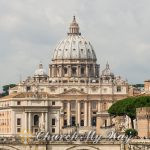In Genesis 1:26 and 3:22, why does God refer to Himself in the plural?
In Genesis 1:26 “Then God said, ‘Let us make man in our image, in our likeness, and let them rule over the fish of the sea and the birds of the air, over the livestock, over all the land, and over all the animals that move along the ground,'”
“And the LORD God said, ‘The man has now become like one of us,'” Genesis 3:22 says. There are other passages in the Old Testament where God refers to Himself in the plural. It’s also worth noting that Elohim, one of God’s principal titles in the Old Testament (appearing over 2,500 times), is plural.
Some have used these scriptures to argue that there are several Gods. However, we can rule out polytheism (belief in multiple gods) because it contradicts numerous other Scriptures that claim God is one and there is only one God. In Isaiah 45, God says three times, “I am the LORD, and there is none else; there is no God save Me” (Vv. 5, 6, 18).
Another possible interpretation for God’s use of the plural for Himself is that God was including the angels in his statement. When God said “us” and “our,” he was referring to the entire celestial host, including himself. The Bible, on the other hand, makes no mention of angels having the same “image” or “likeness” as God (see Genesis 1:26). That description is limited to mankind.
Because the Bible, particularly the New Testament, depicts God as a Trinity (three individuals but only one God), Genesis 1:26 and 3:22 can only illustrate a debate inside the Trinity. God the Father is having a “conversation” with God the Son and God the Holy Spirit. The Old Testament refers to God’s plurality, but the New Testament confirms this plurality through Trinity doctrine. We don’t entirely understand how this works, but God has given us enough proof to know that He exists in three Persons: Father, Son, and Holy Spirit.




